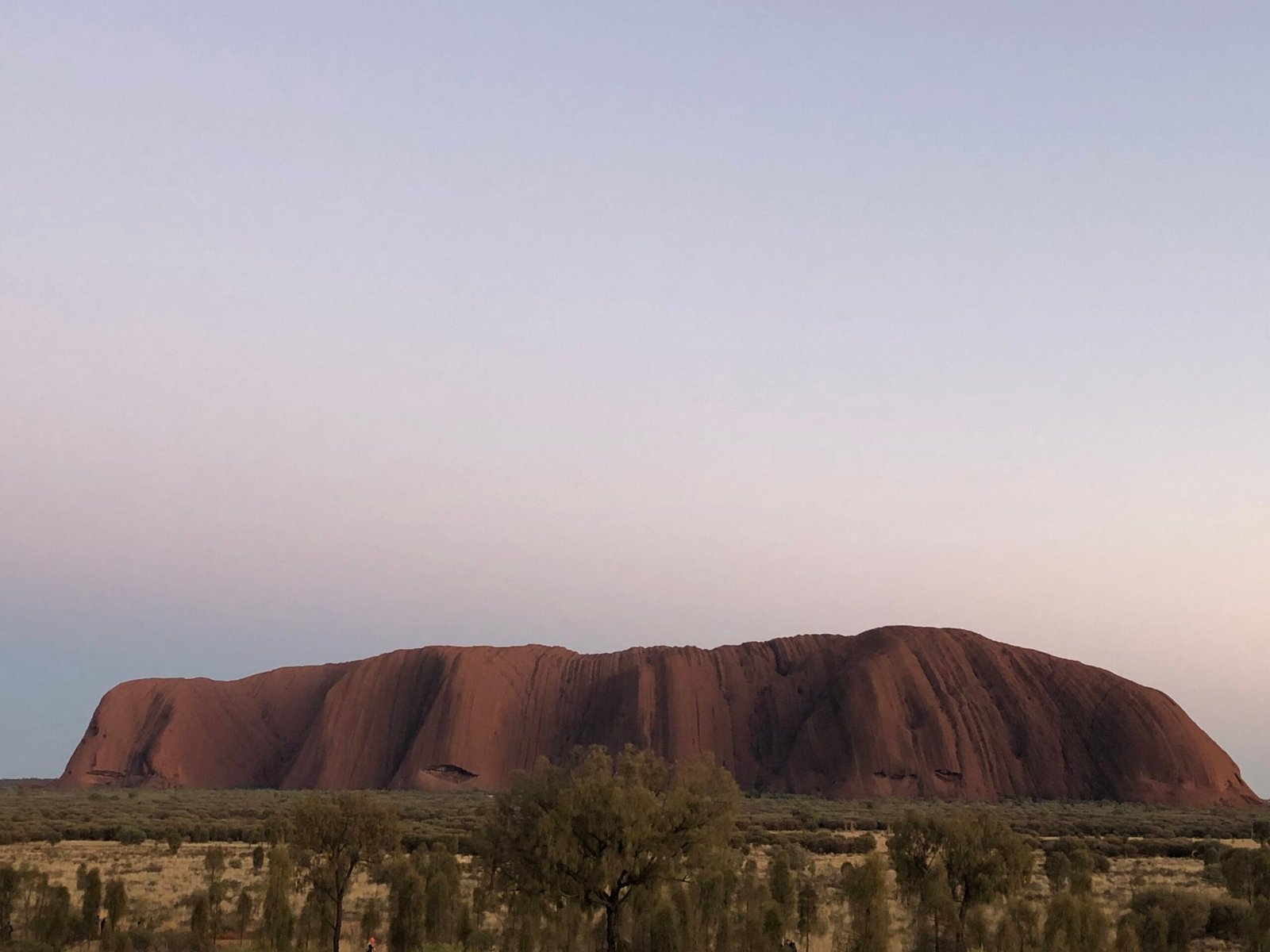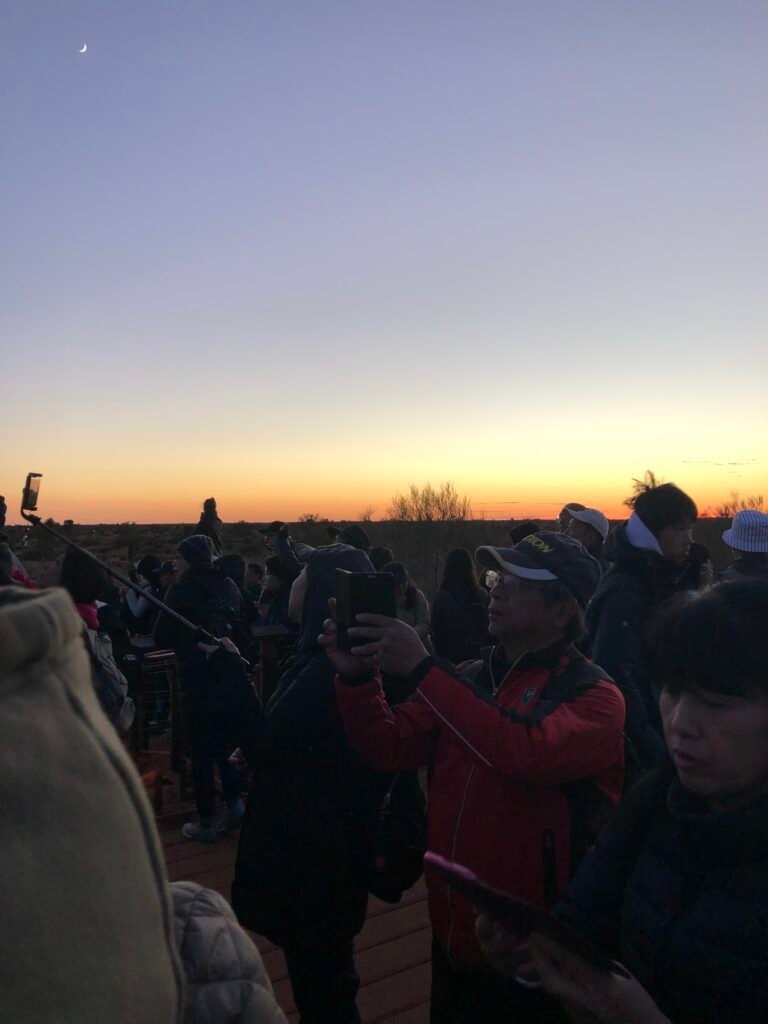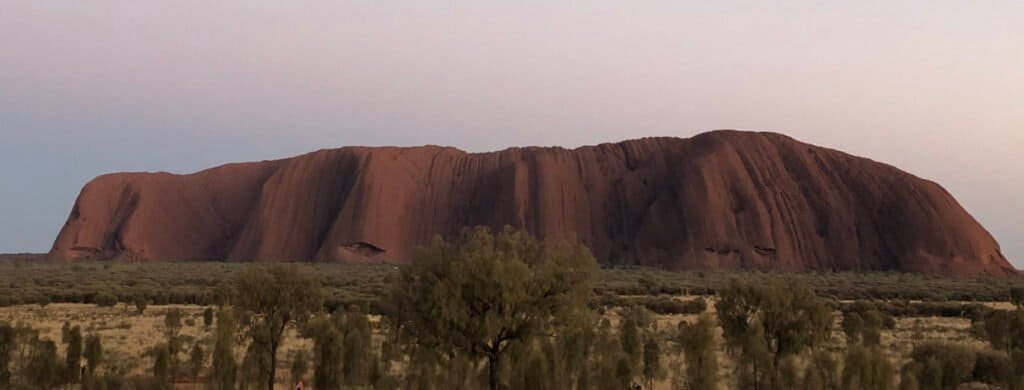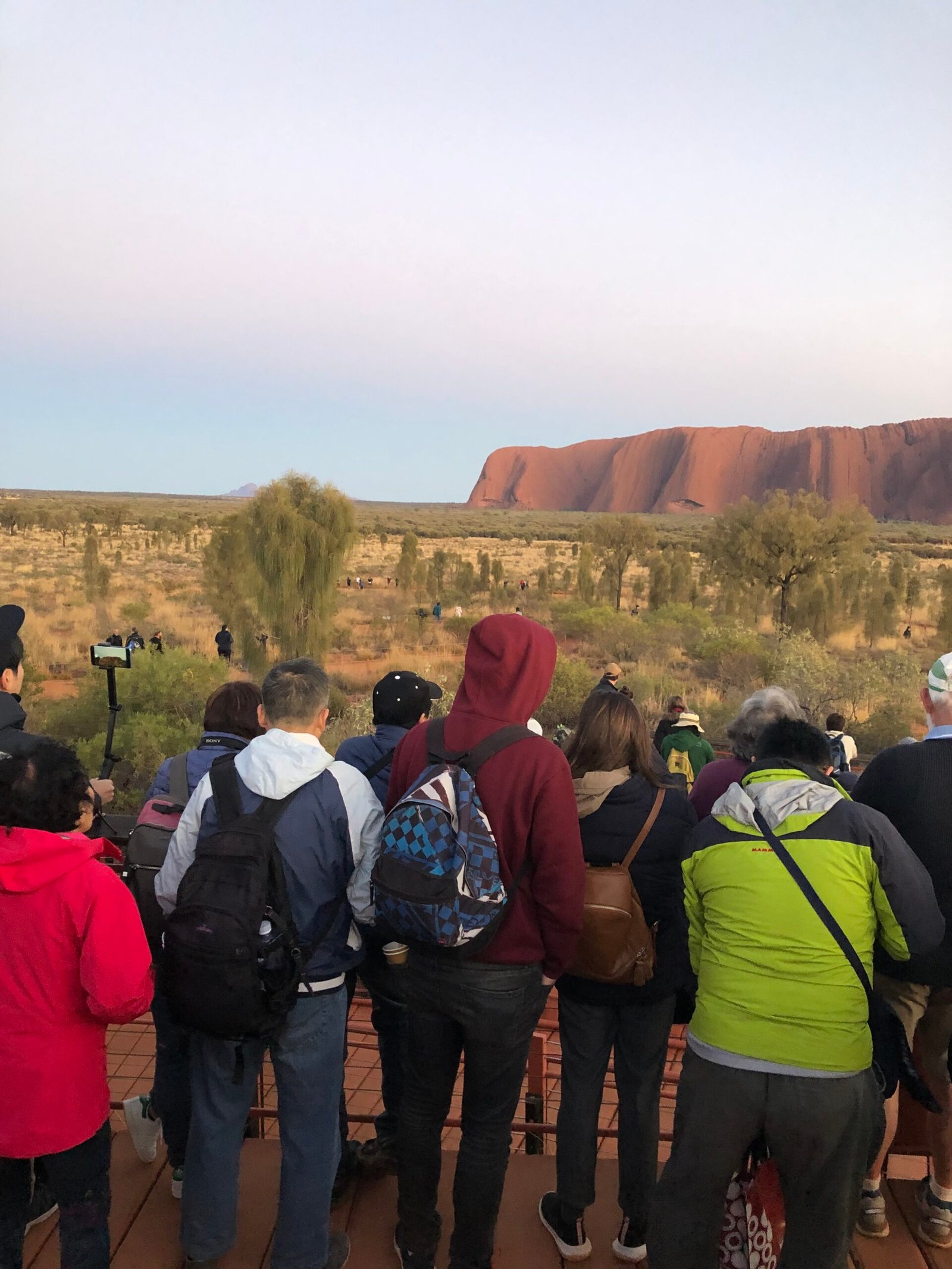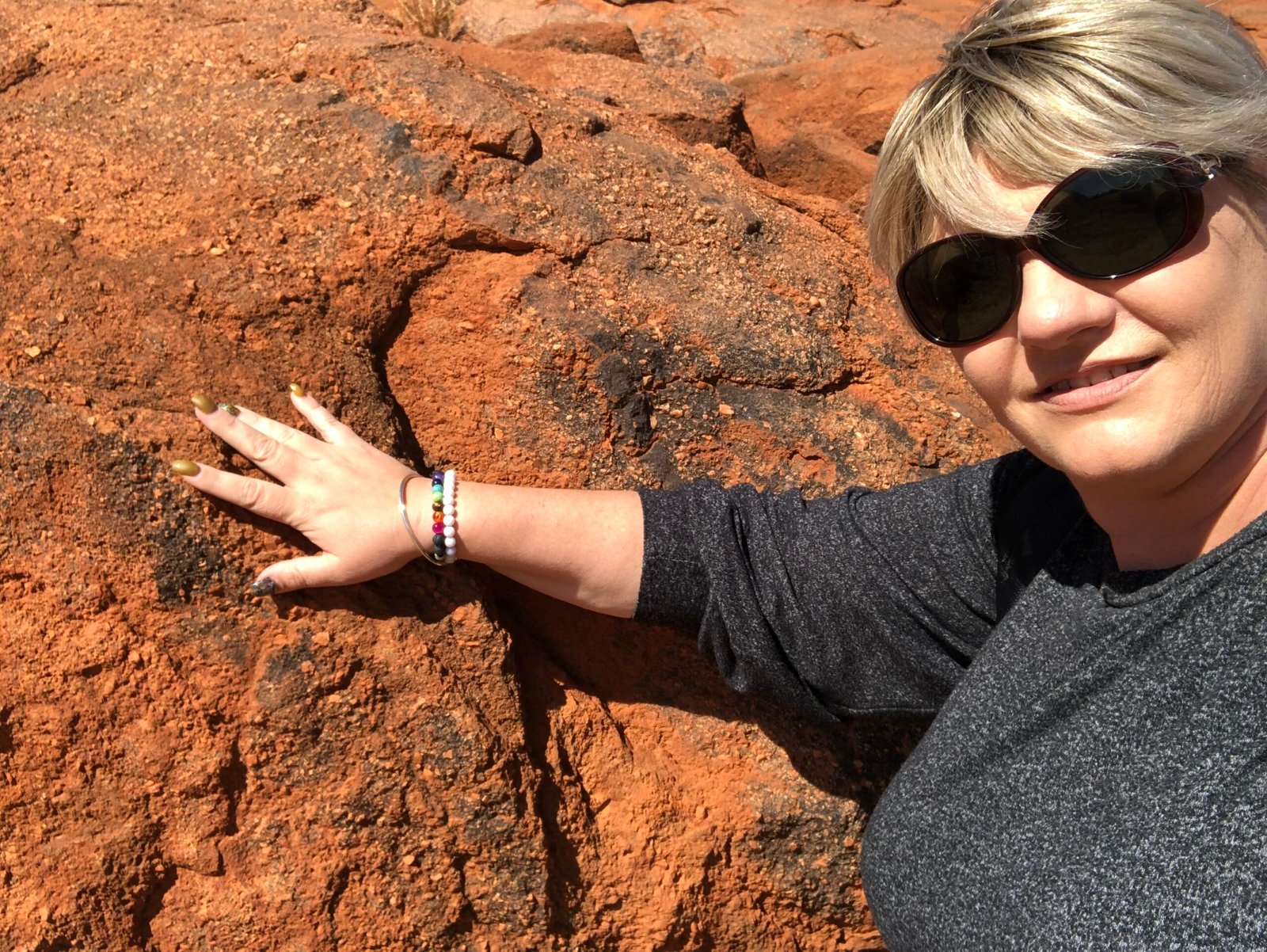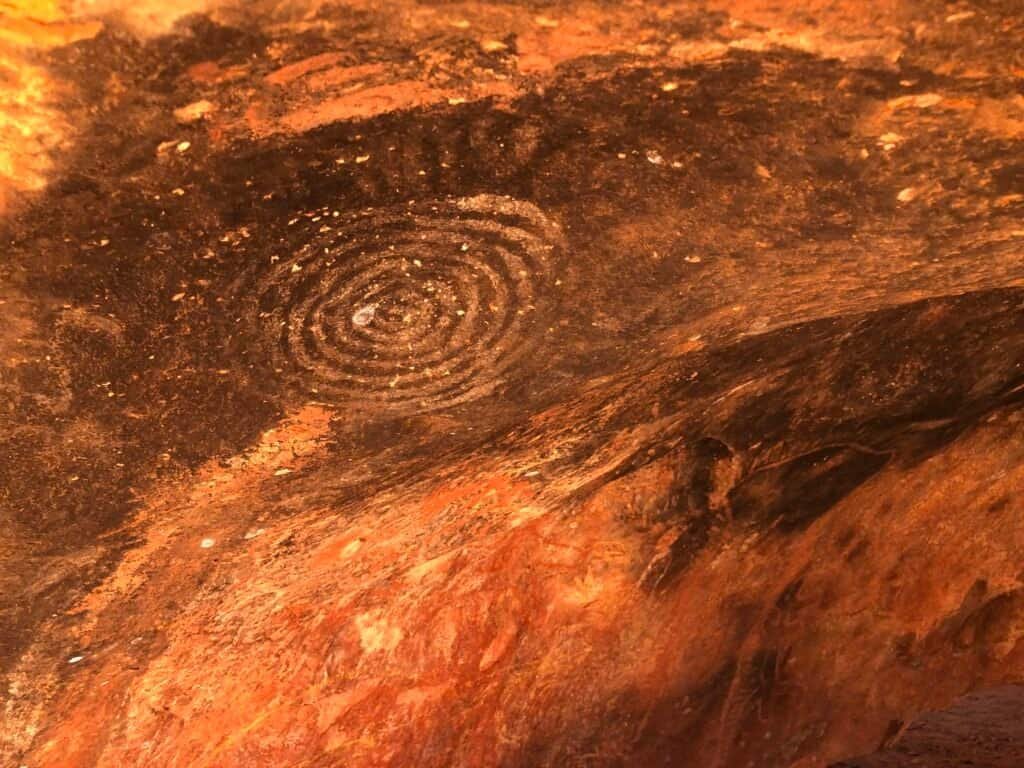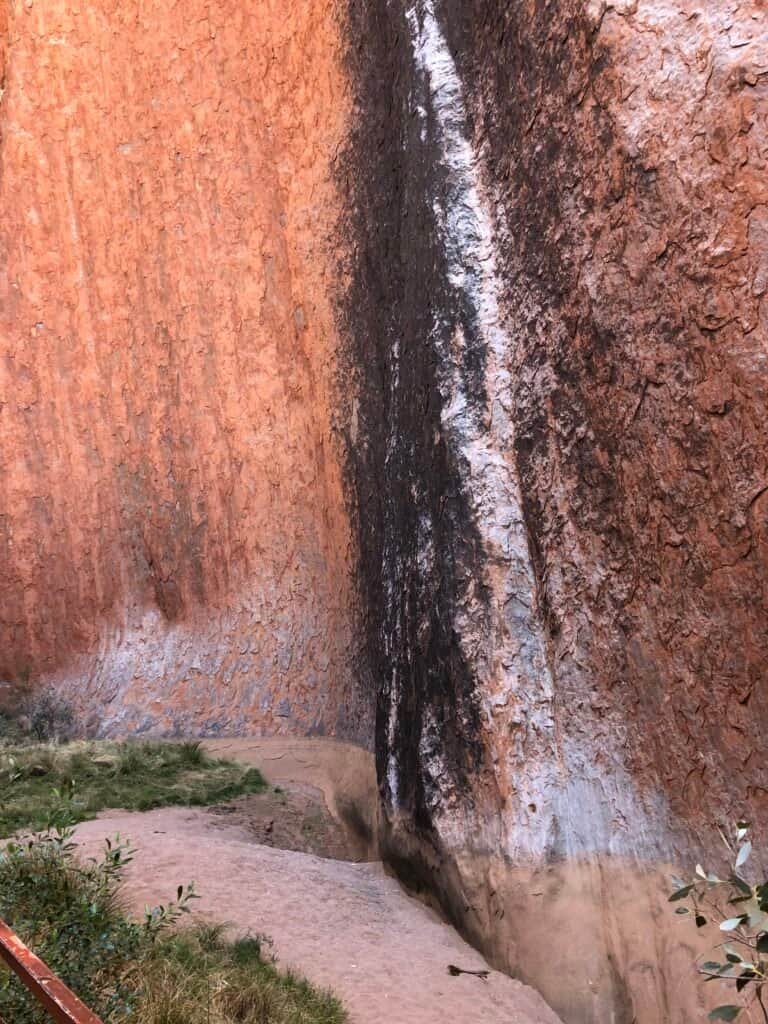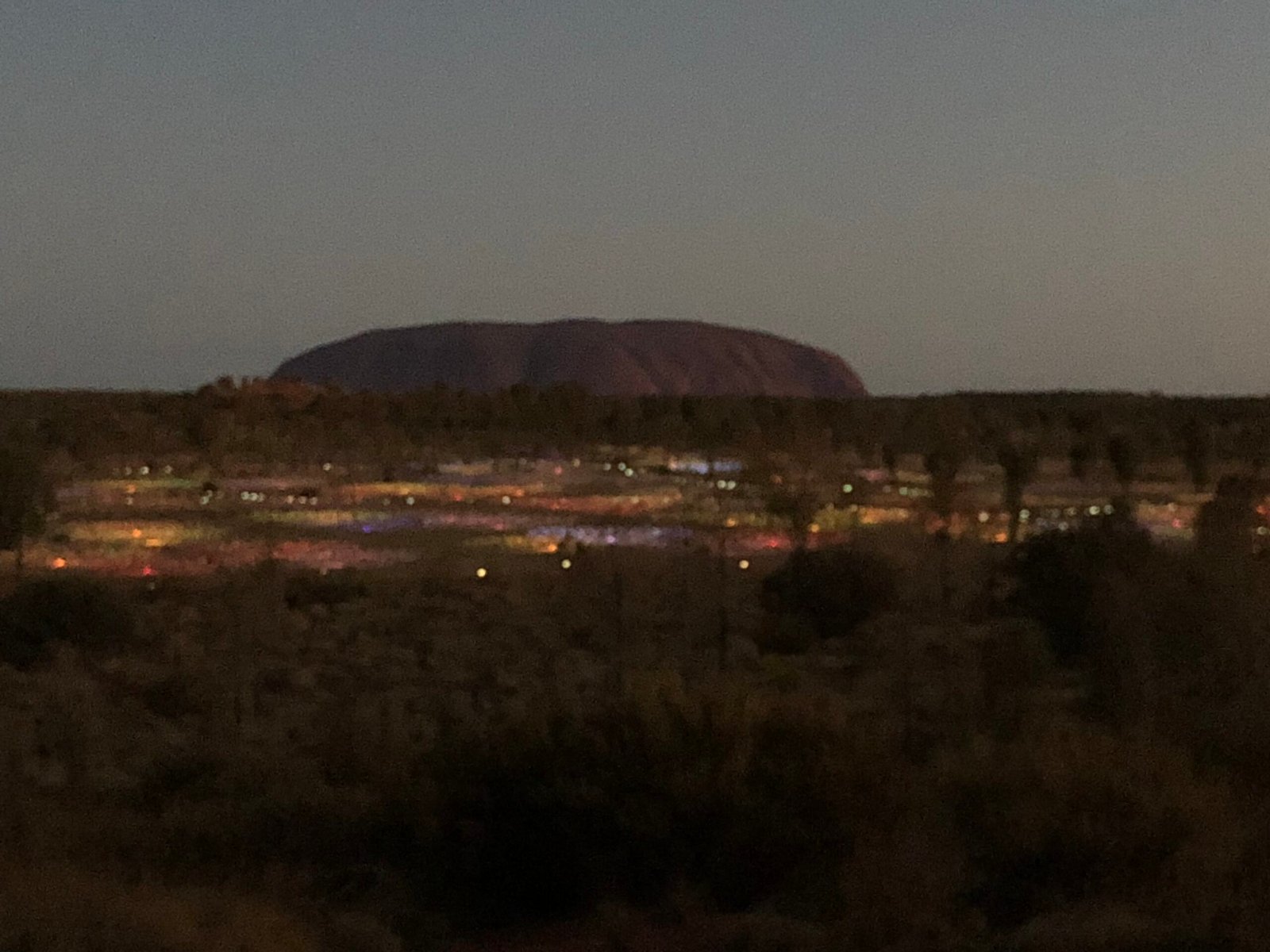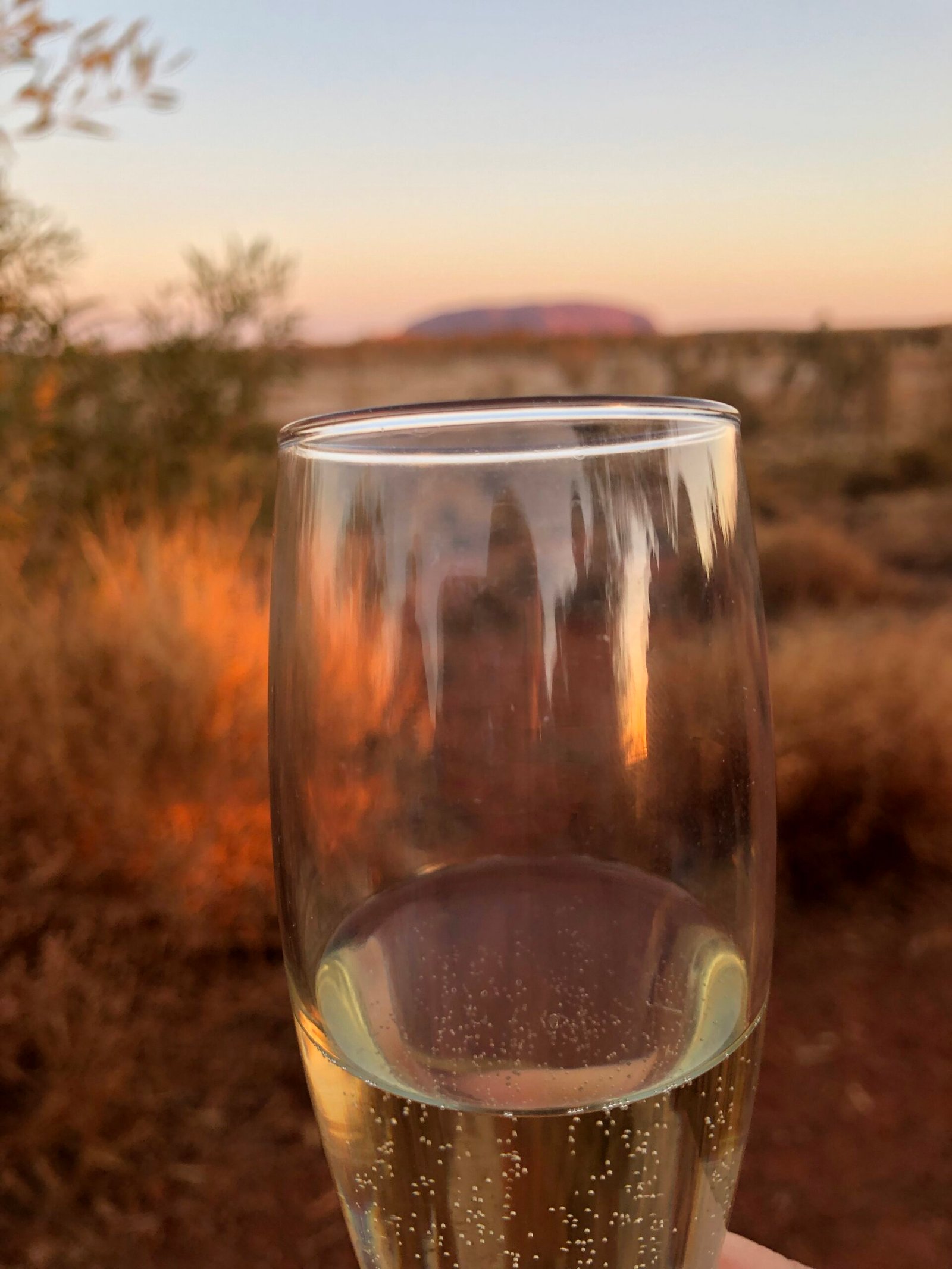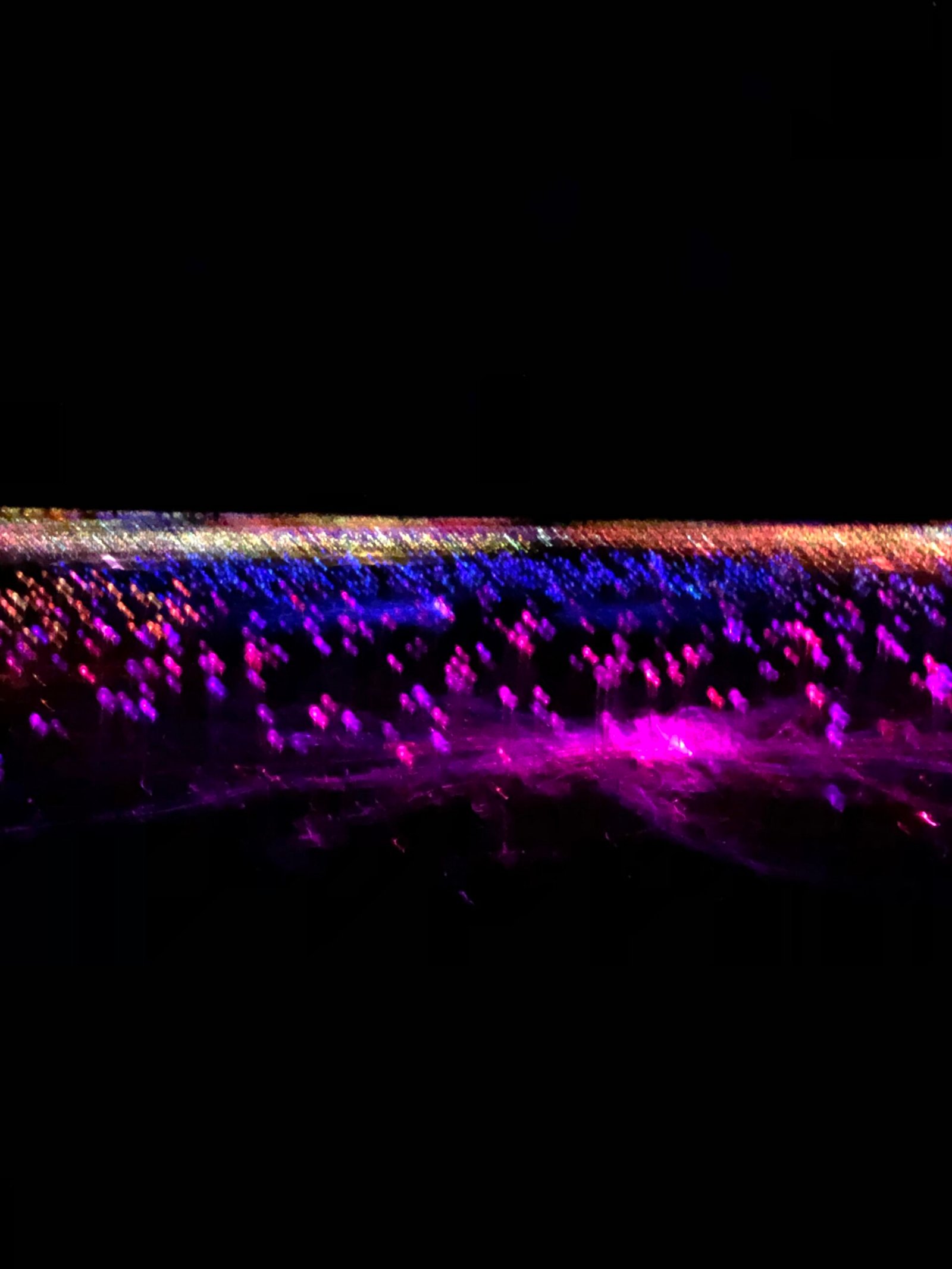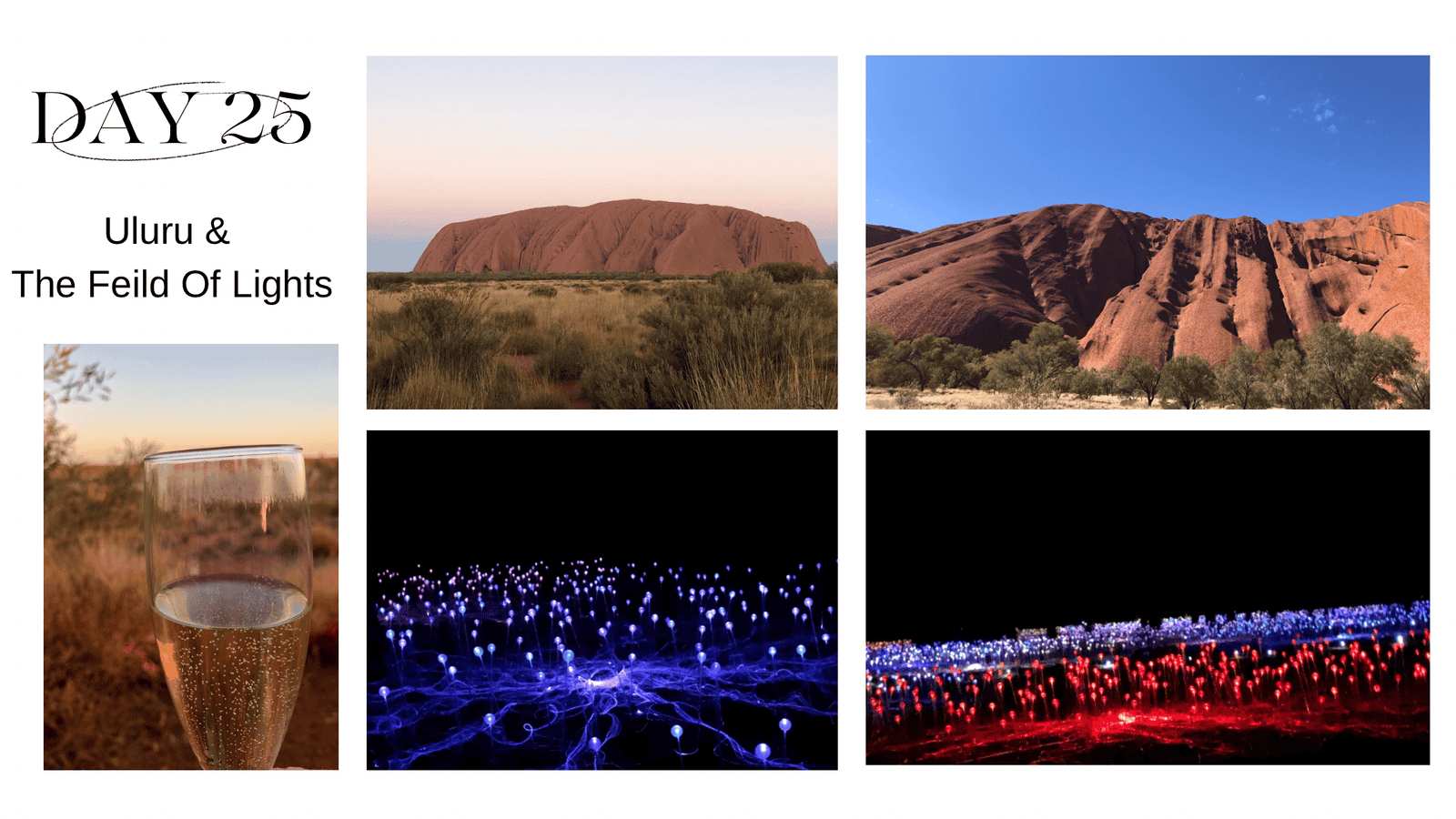The Significance of Uluṟu: A Cultural Overview
Uluṟu, also known as Ayers Rock, holds profound cultural and spiritual significance for the Anangu people, the traditional custodians of the land. This iconic monolith is not merely a geological formation; it is a living cultural landscape deeply intertwined with the beliefs, traditions, and histories of Indigenous Australians. The importance of Uluṟu extends far beyond its physical presence, serving as a symbol of identity, cultural continuity, and connection to the ancestral realm.
The Anangu view Uluṟu as a sacred site imbued with spiritual meaning, rooted in the Tjukurpa, or Dreamtime. Tjukurpa encompasses the stories of creation and the laws that govern the existence of all living things, forming the foundation of Anangu culture. The myriad rock formations and waterholes surrounding Uluṟu are rich with stories that recount the journeys of ancestral beings, imbuing the landscape with narrative and significance. It is these stories that guide the behavior, ethics, and social structure of the Anangu people.
Historically, Uluṟu has been a gathering place for the Anangu, where significant cultural events, ceremonies, and teachings take place. The site serves as a testament to their connection to the land and their environmental stewardship, practices which have been in effect for tens of thousands of years. The traditional ecological knowledge of the Anangu enhances not only their cultural identity but also serves to sustain and protect the unique ecosystem surrounding Uluṟu.
In contemporary times, efforts have been made to promote awareness and respect for the cultural significance of Uluṟu. The Anangu advocate for the recognition of Indigenous rights and the protection of their heritage. Visitors to this majestic landmark are increasingly encouraged to understand and appreciate its deep-rooted cultural narratives, fostering a connection that honors the stories and traditions of the Anangu people. It is crucial to acknowledge that Uluṟu represents not only a natural wonder but also a cultural treasure, with layers of meaning that invite reflection and respect.
Planning Your Visit: Essential Tips and Information
When planning your visit to Uluṟu (Ayers Rock), several factors can enhance your experience while ensuring that you respect this iconic landmark and its cultural significance. The best times to visit Uluṟu are typically during the cooler months of May to September. During this period, temperatures remain more moderate, allowing for comfortable exploration of the surrounding national park.
It is advisable to dress appropriately for your visit. Lightweight, breathable clothing is recommended, as daytime temperatures can still be quite warm. However, evenings can be significantly cooler, so layering is important. Comfortable walking shoes are essential, as many activities involve walking on uneven terrain. Sun protection, including hats, sunglasses, and sunscreen, will help shield you from the harsh Australian sun.
As for preparation, bringing sufficient water is crucial, as hydration is key when exploring outdoor environments. Additionally, visitors should consider carrying a light snack, especially if planning to embark on longer walks or hikes. For those looking to capture the beauty of Uluṟu, a camera or mobile device is a must, but please remember to respect the local guidelines regarding photography, particularly in sacred Indigenous areas.
Access points to Uluṟu include the Uluṟu-Kata Tjuṯa Cultural Centre, which provides valuable information about the region, cultural protocols, and the significance of Uluṟu to the Anangu people. Facilities in the area include restrooms, picnic areas, and guided tours. Visitors are encouraged to engage with these resources to enrich their understanding and experience.
Respecting the land and its cultural heritage is paramount. Visitors should adhere to local protocols, refrain from climbing Uluṟu, and follow marked paths to minimize environmental impact. Understanding and respecting the connection the Anangu people have with this sacred site will enhance your visit and honor their traditions.
Exploring Uluṟu: Tours and Activities
Uluṟu, also known as Ayers Rock, stands as an iconic natural landmark that offers a plethora of tours and activities for visitors eager to delve into its grandeur. Engaging in organized excursions allows travelers to gain a deeper appreciation of this UNESCO World Heritage site, and to understand the cultural significance it holds for Indigenous Australians.
One of the best ways to immerse oneself in the majesty of Uluṟu is through guided walks. The Mala Walk, for instance, is a popular choice that offers a fascinating insight into the region’s history, geology, and flora. Accompanied by knowledgeable Indigenous guides, participants are encouraged to engage with the environment and learn about its spiritual significance. Such guided experiences often conclude with breathtaking views of the landscape, especially at sunset when the rock transforms into a stunning array of colors.
Visitors also have the option of embarking on scenic drives around Uluṟu and its surroundings, allowing for an exploration of the diverse ecosystems that flourish in the region. Each turn of the road presents a new vantage point of this majestic sandstone monolith and its captivating isolation. Parks Australia provides a well-structured drive itinerary that promotes awareness of the various features in this remarkable landscape, such as the diverse wildlife and unique plant species that thrive here.
In addition to walks and drives, numerous cultural experiences are available, including storytelling and art workshops that showcase Indigenous practices. Engaging with the local Indigenous community provides visitors with enriching insights into their traditions and the harmonious relationship they maintain with the land. Sunrise and sunset viewings are essential activities that not only provide stunning vistas but also lend a sense of tranquility to one’s expedition. Each tour and activity is designed to enrich the understanding of Uluṟu, ensuring that guests leave with cherished memories and a deeper connection to this extraordinary site.
Reflections on the Uluṟu Experience
Visiting Uluṟu (Ayers Rock) is an experience that resonates deeply within the hearts of many who journey to this iconic Australian landmark. The overwhelming presence of the rock elicits a range of emotions, from awe to tranquility. As the sun rises and sets over this majestic formation, the shifting hues of red and orange invoke a sense of wonder, reminding visitors of nature’s powerful beauty. Witnessing this natural spectacle can be a humbling experience, as it signifies not just geological significance, but also the profound spiritual connection that Indigenous Australians have with the land.
Through my visit, I increasingly understood the importance of respecting Indigenous culture. The stories and traditions shared by local Anangu people illuminated the sacredness of Uluṟu, illustrating how it serves not only as a natural wonder but as a living cultural landscape. It’s essential to approach such sites with an open heart and a willingness to learn from those who have cared for this land for generations. This perspective fosters a greater appreciation for Indigenous knowledge, which emphasises harmony with the environment and reverence for its inherent beauty.
The personal insights gained from this journey extend beyond the stunning visual experiences. They encourage a broader appreciation for nature and heritage. Many visitors share sentiments of transformation and inspiration after their trip to Uluṟu. A quote that resonates with many comes from a fellow traveler who remarked, “Experiencing Uluṟu wasn’t just seeing a landmark; it was embracing a piece of living history.” Such reflections highlight the significance of this site as a touchpoint for deeper emotional and cultural connections.
Ultimately, the exploration of Uluṟu serves as a reminder of the importance of preserving such natural wonders. It calls for active engagement in understanding and respecting diverse cultural narratives, an endeavor that enriches our global community and fosters shared reverence for our planet’s heritage.
A Magical Evening: Sunset at Uluru and the Field of Lights
If you’re looking for an unforgettable experience in Australia, look no further than the breathtaking Field of Lights at Uluru. Recently, I embarked on a bus tour that took me to this mesmerizing site, and I can confidently say it’s an experience you cannot afford to miss!
Setting Off on the Adventure
Our journey began with a comfortable bus ride through the stunning landscapes of the Northern Territory. The excitement in the air was palpable as we made our way to one of Australia’s most iconic landmarks, Uluru. The sun was beginning to set, casting a warm golden hue across the red desert sands, and I could hardly wait to witness the magic that awaited us.
Sipping Champagne and Enjoying Tapas
As we arrived at our sunset viewing area, we were treated to a delightful spread of tapas paired with sparkling champagne. There’s something utterly enchanting about sipping champagne while watching the sun dip below the horizon, painting the sky in vibrant shades of orange, pink, and purple. The combination of delicious food, exceptional company, and a stunning backdrop made this moment truly unforgettable.
Entering the Field of Lights
After the sun had bid farewell to the day, we made our way to the Field of Lights, a stunning art installation created by artist Bruce Munro. This immersive experience features over 50,000 illuminated spheres that seem to dance across the desert floor, creating a dazzling spectacle of color and light.
Walking amongst these millions of colorful lights was like stepping into a dream. The soft glow illuminated the landscape, casting ethereal shadows and creating a serene atmosphere. It’s a place where you can truly connect with nature and feel the stillness of the outback.
The below photos were taken on an iPhone . For our professional photos please visit our Photography Page.
